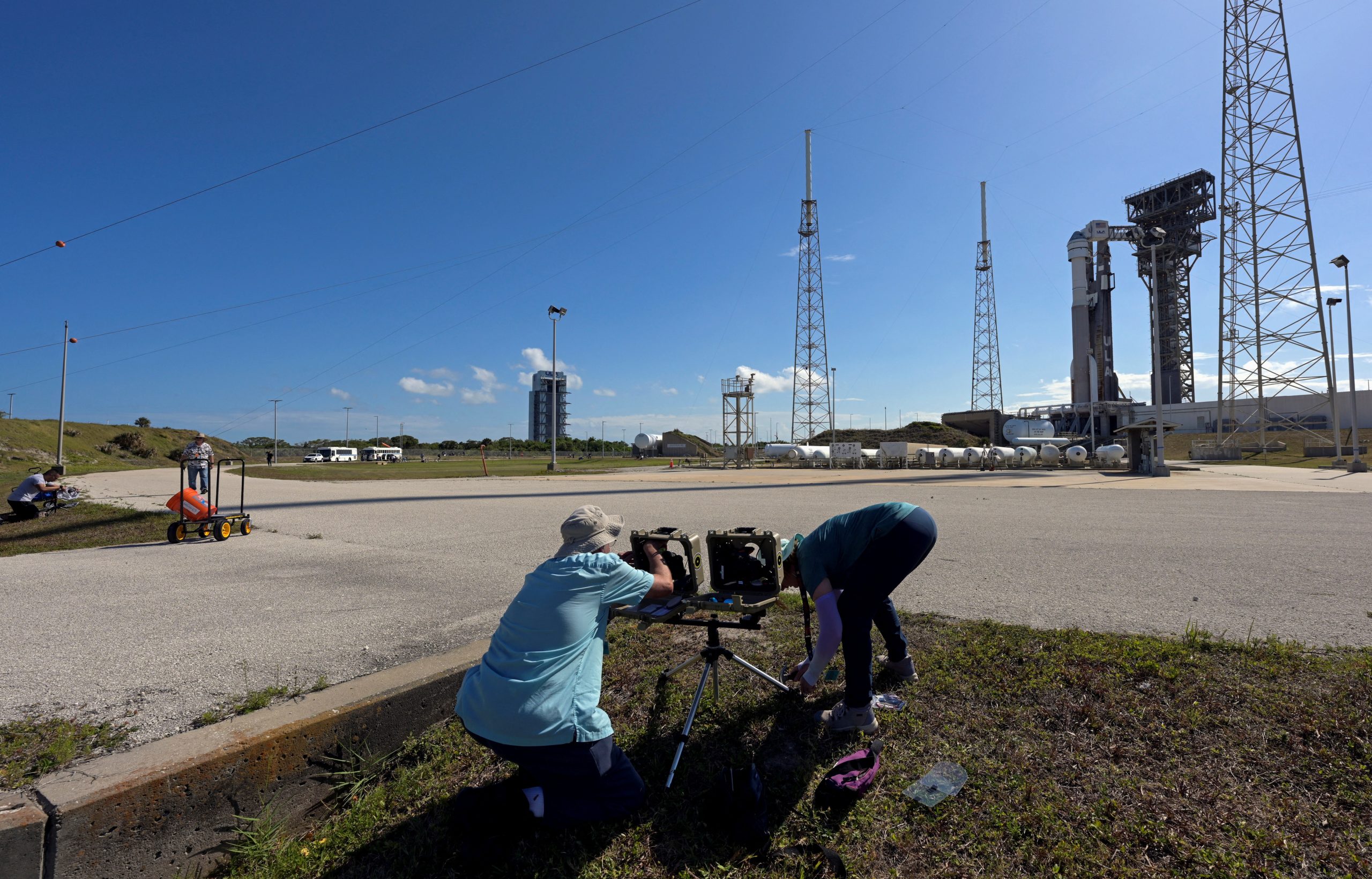Boeing Co’s BA.N Starliner astronaut capsule is set for its inaugural crewed test flight to the International Space Station on Monday night. This marks a significant step for Boeing, two years after the capsule’s first unmanned test flight to the orbital laboratory.
Scheduled for liftoff at 10:34 p.m. (0234 GMT on Tuesday) from NASA’s Kennedy Space Center in Florida, the gumdrop-shaped CST-100 Starliner will be launched atop an Atlas V rocket provided by the United Launch Alliance (ULA), a joint venture between Boeing and Lockheed Martin LMT.N.
The Starliner, which can carry up to seven crew members, will have two experienced NASA astronauts on board for this mission. Barry “Butch” Wilmore, 61, a retired U.S. Navy captain, will serve as the commander, and Sunita “Sunni” Williams, 58, a former Navy aviator and test pilot, will be the pilot. Between them, Wilmore and Williams have spent a total of 500 days in space over two previous missions each.
Although the Starliner is capable of autonomous flight, this test mission will allow Wilmore and Williams to manually maneuver the spacecraft as needed. The ULA has confirmed a 95% chance of favourable weather for the launch, following a successful launch readiness review.

This launch will be the first time an Atlas rocket has been used for a crewed mission since the 1960s, when it was part of NASA’s Mercury program. The capsule is expected to dock with the space station, located about 250 miles (400 km) above Earth, approximately 26 hours after launch.
Wilmore and Williams are scheduled to stay at the space station for about a week before returning to Earth in the Starliner, which will make a parachute and airbag-assisted landing in the U.S. Desert Southwest. This return method is a first for crewed NASA missions.
This mission is crucial for Boeing’s Starliner to receive final approval to begin regular operational flights under NASA’s commercial crew program. This program aims to provide NASA with an alternative to using SpaceX for launching astronauts from U.S. soil, which began in 2020.
Boeing’s journey to this launch has been challenging, including development delays and significant cost overruns. After a failed first uncrewed test in 2019 due to software and engineering issues, a successful second attempt in 2022 has led to this crewed test flight.
If successful, the Starliner is scheduled for at least six more crewed missions to the space station. Boeing and NASA officials, expressing confidence at a pre-flight briefing, emphasized the rigorous testing and preparation that has gone into ensuring the Starliner is ready for crewed flight.





